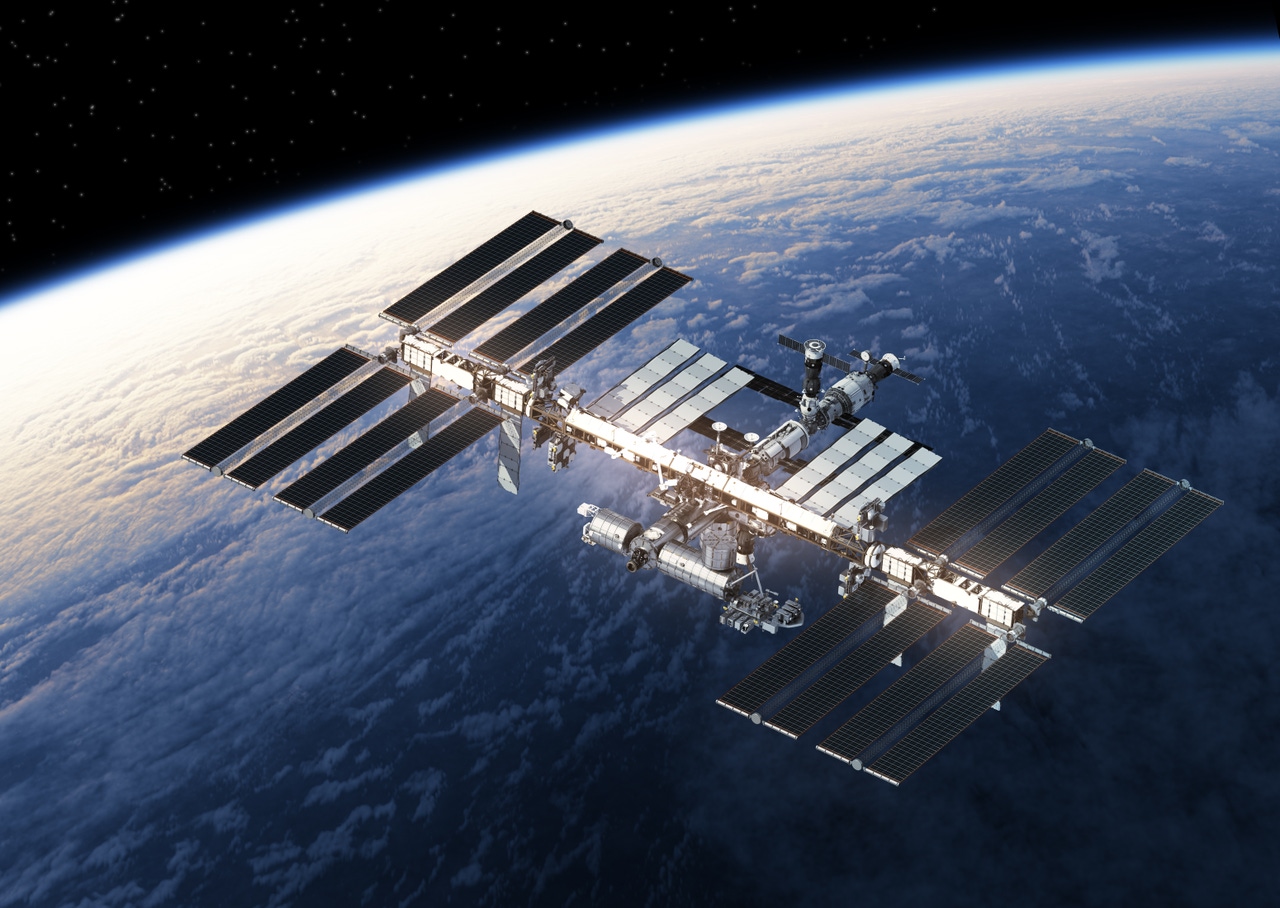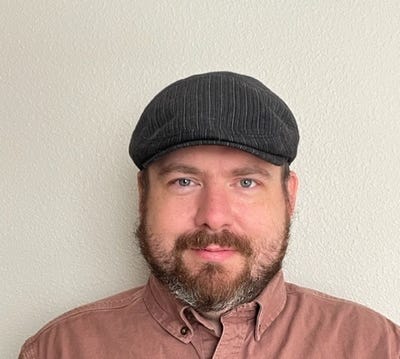Don’t bring me down: Microgravity helping scientists advance medicines to the final frontierDon’t bring me down: Microgravity helping scientists advance medicines to the final frontier
The unique environment aboard the International Space Station can help companies develop and manufacture therapies faster.

The International Space Station (ISS) presented a webinar Friday hosted by Patrick O’Neill, public affairs and outreach lead at the ISS. The webinar discussed the upcoming life science activities planned for the Northrop Grumman's 21st Commercial Resupply Services mission that is scheduled to depart on 3 August.
Davide Marotta, ISS National Lab director for in-space biomanufacturing, was among the guests who discussed their roles working in microgravity. He said a variety of materials will be flown into space during the mission to support research in the coming months. “We have life-science projects, physical sciences, technology demonstrations, projects focused on inspiring the next generation, and more.”
One study will build upon prior research funded by the US National Science Foundation (NSF) “to study a fundamental physics process that uses light to generate bubbles that can collect, concentrate, and deposit trace amounts of substances in a solution on a surface for biosensor technology applications.” Marotta said that doing so in a microgravity environment is important “because gravity driven buoyancy is removed on board the space station. And without buoyancy the team can study what happens before bubbles form, which can lead to a variety of applications for us here on Earth.”
Indeed, companies on Earth also are studying bubbles as a means to transfer nutrients and gases to cells. Nick Jackowetz, SVP and principal scientist at Hydrosome Labs, spoke to BioProcess Insider in June about his company’s work in creating ultrafine bubbles for that very purpose.
Meghan Everett, NASA's deputy chief scientist for the ISS program, said that some aspects of the mission will focus on curing diseases such as cancer through the Cancer Moonshot program, which was initially launched in 2016 to advance scientific discovery and develop a cure.
She said, “There are cell science and stem-cell experiments that are specifically looking at how we can detect cancer earlier, provide new and novel treatments for cancer related to drug discovery or stem-cell research, and even [advance] regenerative medicine.”
Clive Svendsen, executive director of the Board of Governors Regenerative Medicine Institute at Cedars-Sinai Medical Center, discussed in-space manufacturing of stem cells to improve regenerative medicine. He works with induced pluripotent stem cells (iPSCs), which he said can be reprogrammed to make any tissue in the human body.
He said iPSCs must remain non-differentiated. “Over time, they start differentiating and we can’t really control that. They push down to the different organ tissues. We think gravity may have a role in this.” His team plans to research whether microgravity can help keep iPSCs in a pluripotent state. He also plans to research how microgravity affects the ability to make brain organoids, heart tissues, and eventually entire organs.
Svendsen said that on the upcoming mission, his team will be reprogramming fibroblasts taken from patients to make them pluripotent. “When we program these cells they light up green, because we have a gene that shows green when [they] become pluripotent.” He plans on discovering if such cells can be made in space and reprogrammed and whether doing so is more efficient in microgravity.
About the Author
You May Also Like







